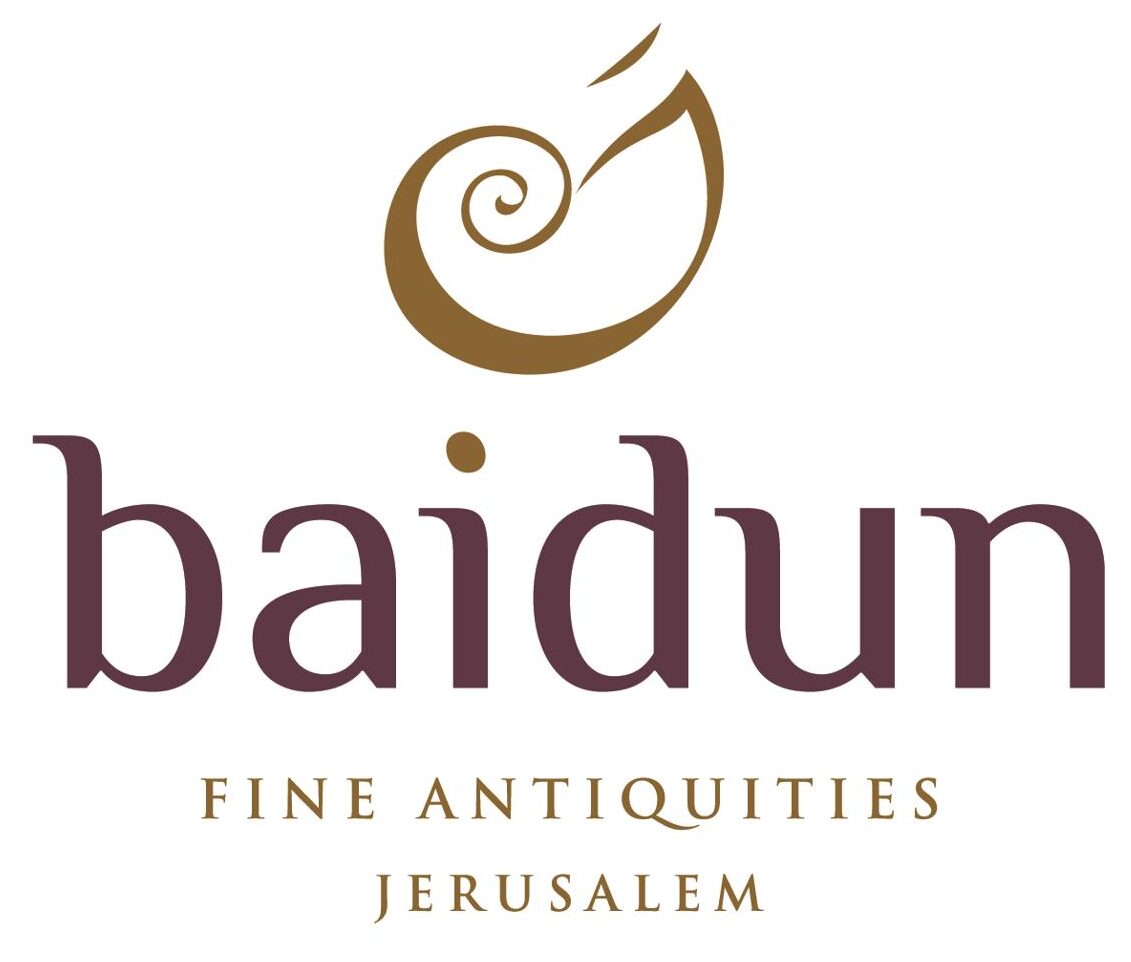Crystals and Minerals Meanings in Ancient Society
As spoke about in the previous blog, minerals have been highly valued, traded, and used for personal adornment since the Upper Paleolithic period. These stones were utilized by many different ancient cultures, and for every civilization each mineral had a significant meaning behind them. Read on to learn more about some of the crystals and minerals meanings in ancient society!
 5. Agate
5. Agate
Greeks:
- Associated with the ancient Greek dryads, woodland and tree spirits.
- Buried in the fields at the time of sowing to insure a good harvest.
- Used in amulets for protection from the fury of the surging ocean, and was commonly used to ward off storms.
- Found in the river Achates, which is located in Sicily, and was named after the Greek word Agateec, which means happy.
Egyptians:
- Used this gem for decoration and for playing important parts in their religious ceremonies.
- Used for cylinder seals, ring stones, cameos, and other vessels.
- Believed that agate protected the wearer from lightning,
- Believed that agate helped with communication, improved ones oratory skill.
- Was believed that Agate quenched thirst.
Romans:
- Ancient Romans valued the Agate for its reputed medicinal and talismanic properties; powdered Agate mixed with water was believed to counteract serpents’ venom.
- Believed that storms might be averted by burning Agate.
- Used for general protection.
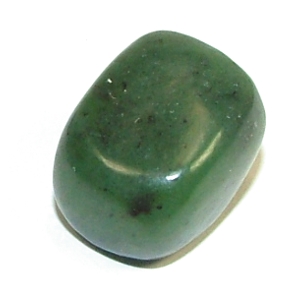 4. Jade
4. Jade
Egyptians:
- Admired as the stone of love.
- Thought to bring the wearer inner peace, harmony and balance.
Aztecs:
- Was honored and esteemed jade more highly than gold.
- Used to carve weapons and cult instruments.
Chinese:
- Considered to be a symbol of the good, the beautiful and the precious.
- Used in religious ceremonies, agriculture and in war.
- Regarded as the most important physical substance on earth.
- Used to create many utilitarian and ceremonial objects, from indoor decorative items to jade burial suits.
- A favorite material for the crafting of Chinese scholars’ objects, such as rests for calligraphy brushes, as well as the mouthpieces of some opium pipes.
Mayans:
- Used to make weapons and tools.
- Considered to be a symbol of the “elite good”.
- Usually carved in various ways, whether serving as a medium upon which hieroglyphs were inscribed, or shaped into symbolic figurines.
- Considered to be highly symbolic, and it was often employed in the performance of ideological practices and rituals.
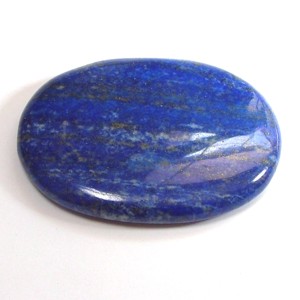 3. Lapis Lazuli
3. Lapis Lazuli
Romans:
- Believed it to be a powerful aphrodisiac.
Egyptians:
- Used for their cylinder seals, ring stones, cameos, and other vessels.
- Represented royalty.
- Was one of the most prized of all gemstones.
- Believed that its blue color was reminiscent of the heavens and symbolized creation and rebirth.
- Often crushed and rubbed into the crown of the head in order to draw out spiritual impurities.
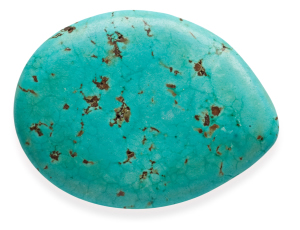 2. Turquoise
2. Turquoise
Aztecs:
- Inlaid turquoise was often placed into ceremonial mosaic objects such as masks (some with a human skull as their base), knives, and shields.
Native Americans:
- Symbolized strength and power.
- Was used to bring rain.
- Was valued as a protective stone.
- Believed that Turquoise was a bestower of goodness.
Chinese:
- Offered protection against the evil eye.
- Carved Turquoise into ritual objects.
- Often worn in traditional jewelry.
Egyptians:
- Used in King Tutankhamen tomb, most notably the Pharaoh’s iconic burial mask which was liberally inlaid with the stone.
- One of the most popular gemstones in ancient Egypt.
- Symbol of joy and life.
- Often used in jewelry as a token of friendship.
- Used in preparation of cosmetics.
- Symbol that protects against certain evils.
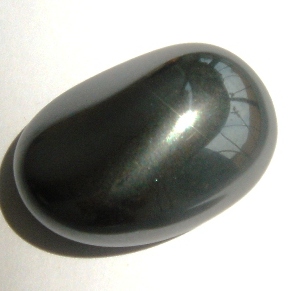 1. Hematite
1. Hematite
Egyptians:
- Used to calm hysteria and anxiety.
Greeks:
- Came from the Greek word for blood, and was used as an amulet against bleeding.
- Popular with Greek soldiers, as they would rub hematite all over their bodies before battle, or would wear hematite in an amulet to make them “invincible”.
- Believed that the stone offered protection.
Native Americans:
- Believed that the war paint made from hematite made one invincible in battle.
- Believed that the stone offered protection.
-DMS



